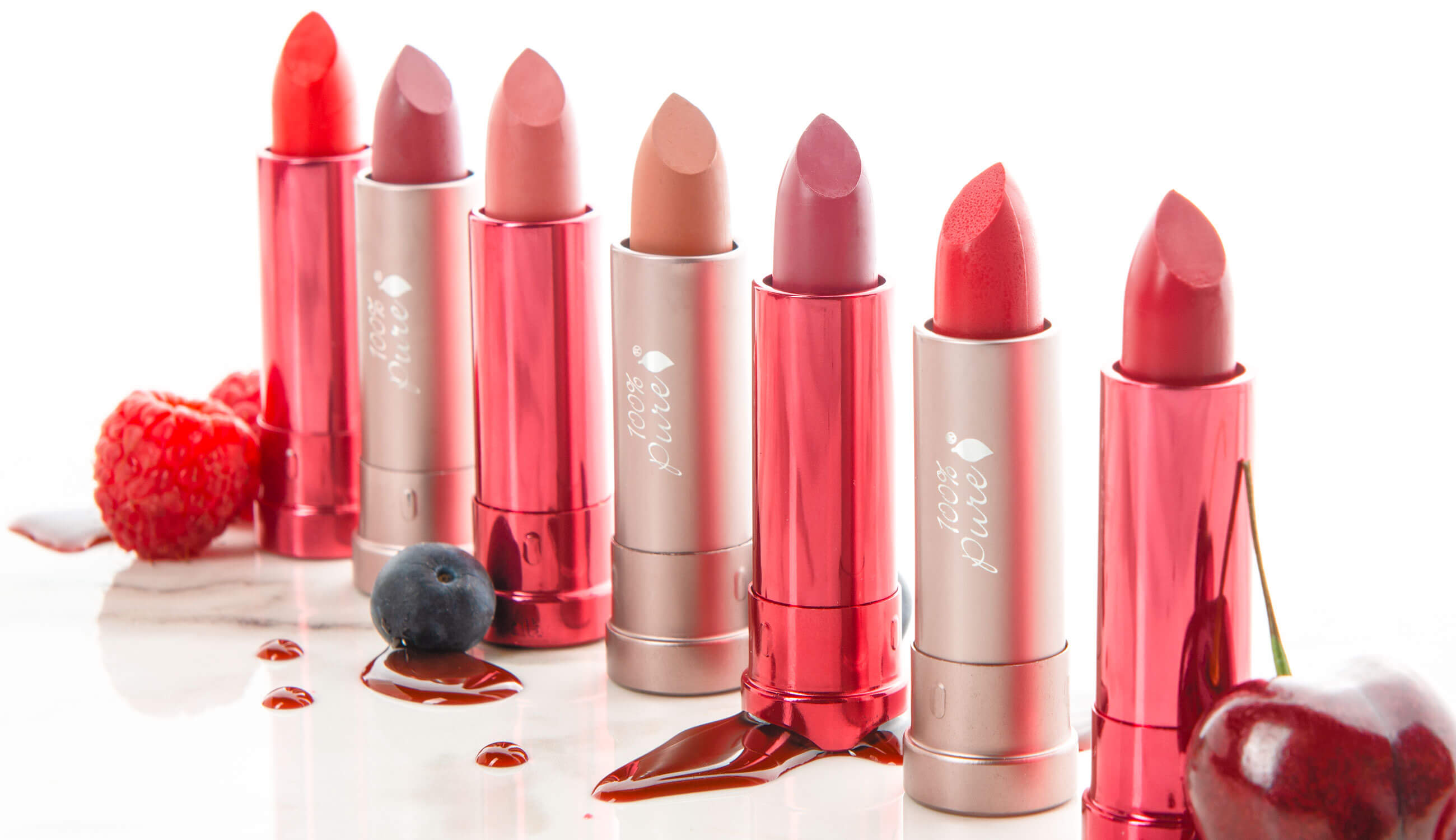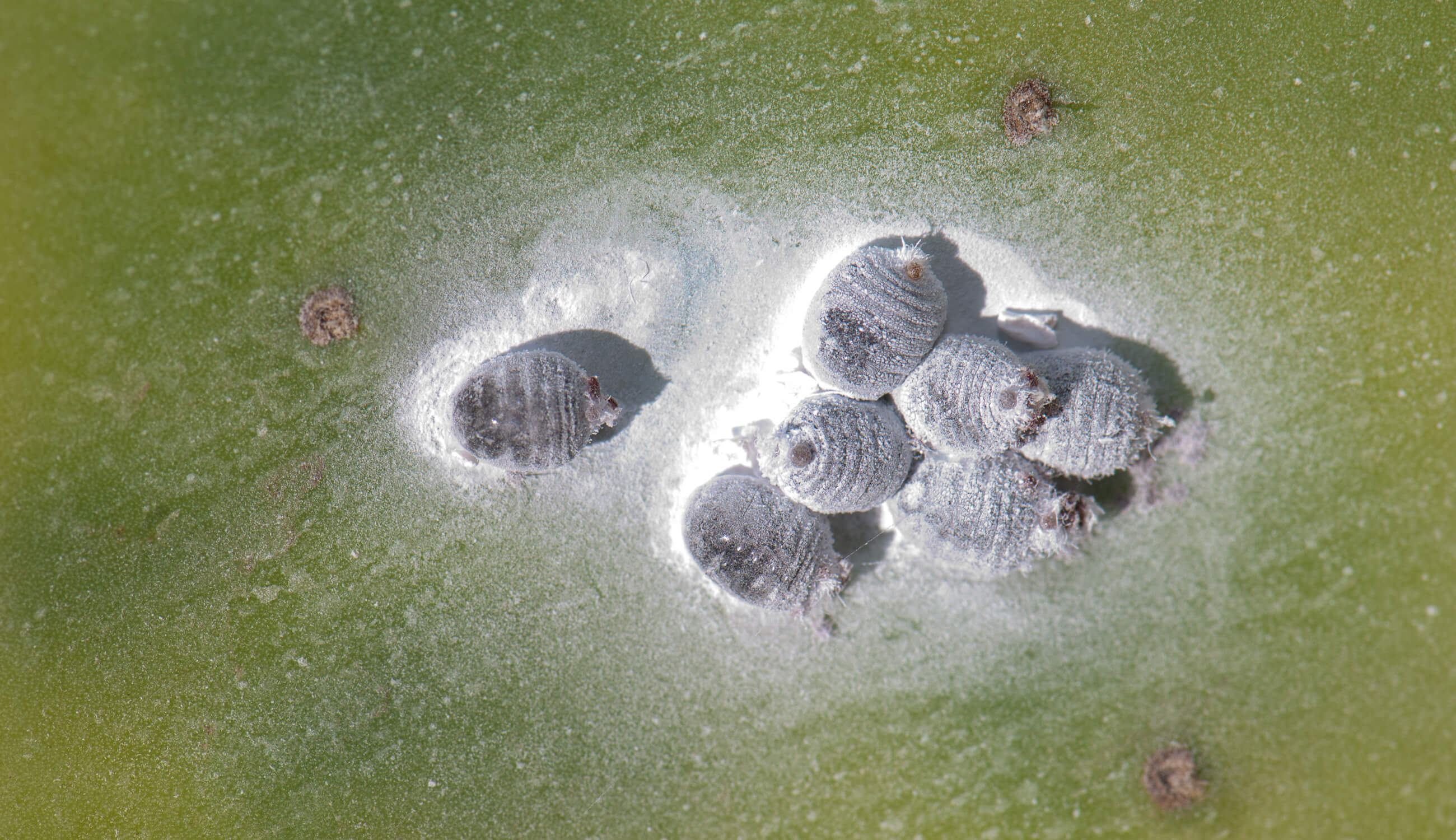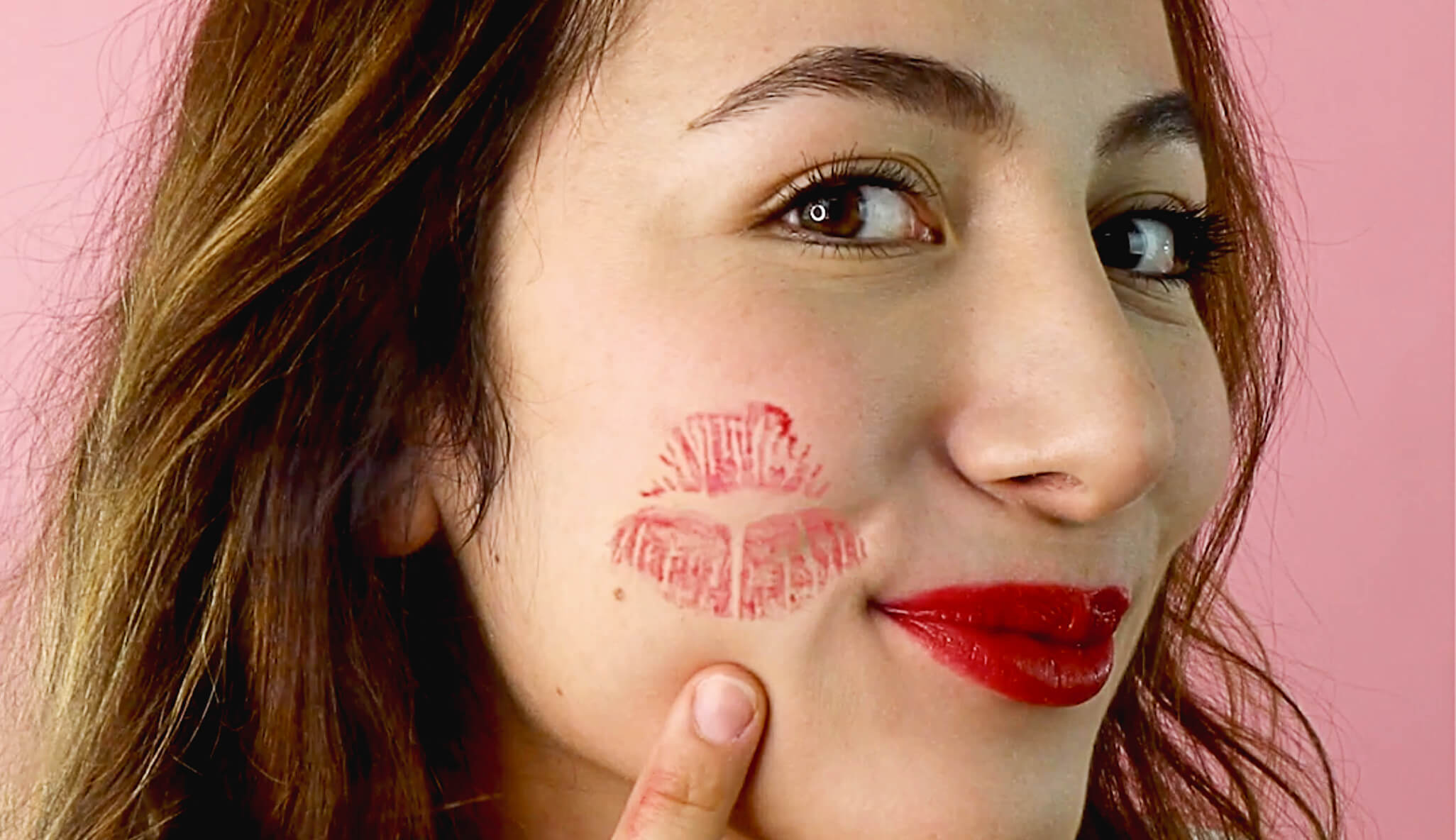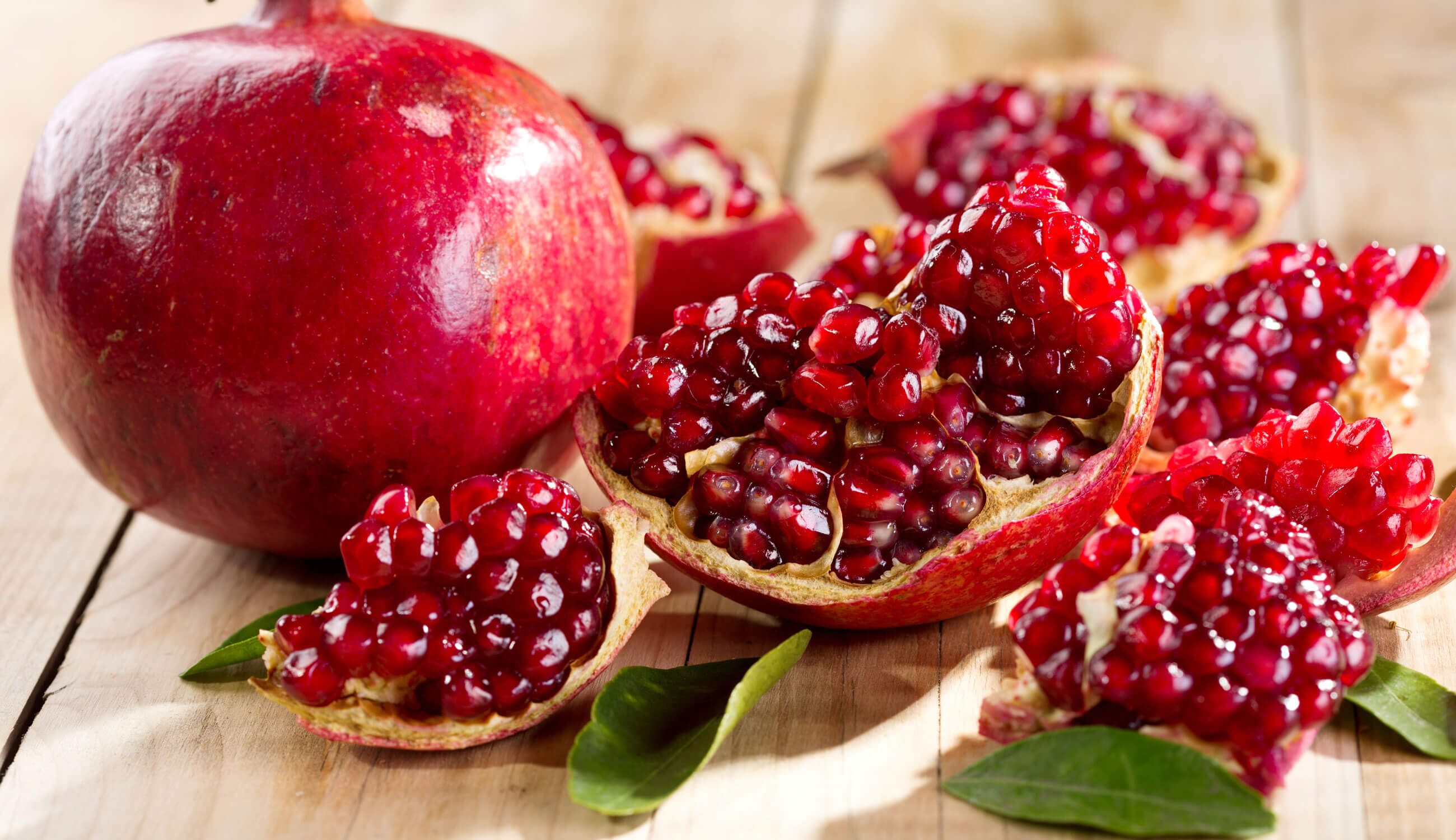We’re exposing lipstick’s dirty secrets – and spelling out why natural lipstick is your lips’ best bet
Written by: 100% PURE®
A common myth about natural lipstick is that you need to sacrifice color payoff, vibrancy, or staying power for safer ingredients. WRONG: the proof is in the pigments. Sure, anyone can add shea butter or vitamin E to lipstick. But the pigments are where most brands lose any chance for a ‘natural’ lipstick formula.
Since the beginning, Susie Wang has formulated our lipsticks with the ultimate trifecta of natural ingredients. She nailed natural pigments, natural moisturizers, and natural long-lasting color – all without sacrificing a truly natural formula.
So, how can this seemingly innocent stick of color make us feel so empowered, and furthermore, when did coloring our puckers even become fashionable? Check out some surprising facts about lipstick, and why you and natural lipstick should be joined at the “lip”.
Since the 1950s, lipstick has been a beauty staple for the modern woman. However, the real history of this small and mighty cosmetic accessory dates back centuries earlier. It all started with Islamic chemist and cosmetologist Abu al-Qasim al-Zahrawi, who crafted the first molded form of lip color.
Centuries later, Queen Elizabeth I immortalized the image of coloring one’s lips. Her stark white face and bold, red lips led to a brief red lip color trend in the 16th century. At that time, lipstick was made from a blend of beeswax, which the Chinese used some 1000 years earlier to protect their delicate lips.
It wasn’t until the 19th century that French cosmetologists began molding lipsticks for widespread, commercial sale. It was covered in silk paper and made from deer tallow or animal fat, castor oil, and the ever-useful, beeswax. During the same century, lipstick emerged in the U.S., and it was colored with carmine dye—a colored extract that comes from the dried and crushed shells of female cochineal insects. More of that soon!
By the early 1900s, once carmine dye was mixed with an oil and wax base, lipstick looked more natural and was more accepted by women, even appearing in big-name salons like Estee Lauder and Elizabeth Arden. It wasn’t until, and through various lipstick container designs, that Hazel Bishop, an organic chemist in New York and New Jersey, created the first long-lasting lipstick. And the rest is history!
Through the years, lipstick has evolved from crushed plant powder to a chemically formulated cosmetic. Even with new cosmetic innovations, there have been little to no regulations by the FDA on what can be used to make lipstick. This means that synthetic, toxic, and animal-derived ingredients have been freely tracing women’s lips for the last century.
Lipsticks contain a noxious mixture of petroleum-based chemicals, one of the worse contaminants being lead, many of which have not been tested for safety. Since lips are sensitive and easily absorb products through the thin layer of skin that covers them, these harsh chemicals are being ingested every time you lick your lips.
Color additives, on the other hand, are regulated by the FDA. But does that really help when lipstick formulas, especially with false claims as “natural”, are actually parading around as lip mongers? These ingredients have been masquerading as a girl’s must-have beauty product for too long! It’s time to expose them!
Not-so-fun fact: Throughout a woman’s life, it is estimated that she will ingest (or unknowingly EAT) 4-8lbs of lipstick. This happens through licking lips, saliva runoff, and eating. That’s heavier than a bag of apples, or a handful of 10 spoons!
 Cochineal beetles, which are crushed by the thousands to produce just 1lb of red lipstick pigment
Cochineal beetles, which are crushed by the thousands to produce just 1lb of red lipstick pigment Ready to hear what’s in the average stick of lipstick? Are you sure you’re ready? Then let’s start with those sneaky animal byproducts we mentioned since they’re downright nasty.
Carmine is a common red colorant found in many popular lipsticks today. Its red pigment is sourced from the carcasses of the female cochineal beetle. 70,000 cochineal beetles must be crushed and killed to produce 1lb of dye. To avoid bug guts in your lipstick, look out for ingredients titled:
-
Carmine
-
Carminic Acid
-
Carminic Acid Lake
-
Cochineal/ Cochineal Extract
-
Dactylopius Extract
-
Ci 75470
-
E120
-
Carmine 5297
-
B Rose Liquid
-
Crimson Lake
-
Natural Red 4
Ever wonder what leaves the oily residue on your lips after using your favorite lipstick? That oily residue could be from tallow, or rendered animal fat from the carcasses of dead animals.
Tallow is a great option for cosmetic formulators who are trying to save a few bucks. Slaughterhouses sell the excess byproducts of their carcasses to cosmetics companies, for a low price that suits their bottom line. Look out for rendered animal fats by avoiding the following ingredients:
-
Hydrolyzed collagen
-
Suet
-
Lard
-
Caprylic Acid
-
Lauric Acid
-
Myristic Acid
-
Oleic Acid
-
Oleyl Oleate
-
Oleyl Stearate
-
Palmitic Acid
-
Stearic Acid
-
Any ingredient including the word “Tallow”
What else is hiding in conventional lipsticks? Try heavy metals! While ‘heavy metals’ sound cool, they’re anything but. Remember what we said about all that lipstick you’re bound to ingest during your lifetime? Numerous studies have linked the ingestion of these industrial-grade minerals and metals to organ toxicity, reproductive harm, and even cancer.
These heavy metals serve as long-lasting colorants, which can stand up to the other synthetics in your average lipstick formula. Heavy metals will be listed as colorants beginning with “Ci”, “Red”, “Blue”, “Yellow”, “Violet” or “Green”. The heavy metals listed below were once in the average tube of lipstick. In fact, more recently, lead was warranted as an impurity in cosmetic lip products, and the FDA issued draft guidance to the industry on the use of lead in cosmetic products.
In fact, many of these heavy metals are still allowed to be used in lip products sold today:
Newsletter Subscribe
for more blog updates and exclusive discounts
-
Lead
-
Nickel
-
Arsenic
-
Cadmium
-
Aluminum
-
Iron
-
Chromium
-
Antimony
And let’s not forget the toxic 12 chemicals in many beauty and personal care products. According to the Environmental Working Group or EWG, many of these chemical culprits have been linked to birth defects or reproductive harm, as well as to serious health problems like cancer, neurological harm, and developmental delays.
Since these toxic chemicals and contaminants have already been banned from the EU, not to mention they pose potential health risks, what are our options for a viable natural lipstick? That’s where we can help!

We see lipstick as one of the most classic, impactful forms of cosmetic expression. There’s a perfect natural shade to make any skin tone feel beautiful, and we believe in spreading that feeling as safe as possible. That’s why we’ve opted out when it comes to using any animal byproducts and toxic heavy metals in our natural lipsticks. Instead of these conventional ingredients, we’ve formulated dozens of healthy, natural lipsticks.

Instead of oily, rendered animal fat, we use plant ingredients to keep lips soft and moisturized all day long. Our liquid lipsticks, matte lipsticks, lip balms, lip liners, you name it – they’re all cruelty-free.
Pomegranate oil is not only intensely moisturizing, but packed with anti-aging antioxidants to keep lips looking supple, plump, and glossy. Cocoa butter is perfect for our matte lipstick because this butter is naturally semi-solid. When warmed against the lips, this butter softens and is one of the best natural, plant-based moisturizers available. The only moisturizers and oils you’ll find in our lipsticks are:
-
Pomegranate oil
-
Cocoa butter
-
Vitamin E (from rice bran)
-
Shea butter
-
Rosehip oil
-
Mango seed butter
-
Jojoba seed oil
-
Coconut oil
Now, on to the shining jewel of our natural makeup formulas: fruit pigments. The vibrant, stunning colors extracted from fruit are intensely pigmented. You’ll find the color payoff just as good or better than any lipstick colored by synthetic, heavy metal colorants.
To check out the impressive color palette we’re working with, just visit your local market. Vibrant reds, pinks, purples, and oranges are all at our disposal, courtesy of mother nature herself. In our vegan lipsticks, we use cocoa beans to supplement the rainbow-forward color palette that’s provided by fruit alone:
-
Apricot
-
Cherry
-
Plum
-
Raspberry
-
Blueberry
-
Blackberry
-
Cabernet grape
-
Tomato
-
Peach
-
Pomegranate
We’ve done all we can to make the best vegan, natural lipstick for the world to enjoy. We know that the hard work – and scrupulous ingredient sourcing – is worth the results. We feel passionate that by giving you safe, beautiful lipstick, you can rest easy. You can know that what you’re putting on your lips is bug-free, animal-free, and heavy metal-free.
Nobody should ever have to choose between beauty and safety, and that’s why 100% PURE was born. We’re changing the world with makeup, one tube of natural lipstick at a time.
- Tags: Behind The Scenes, January-2023, make up, Makeup
We carefully hand-select products based on strict purity standards, and only recommend products we feel meet this criteria. 100% PURE™ may earn a small commission for products purchased through affiliate links.
The information in this article is for educational use, and not intended to substitute professional medical advice, diagnosis, or treatment and should not be used as such.




